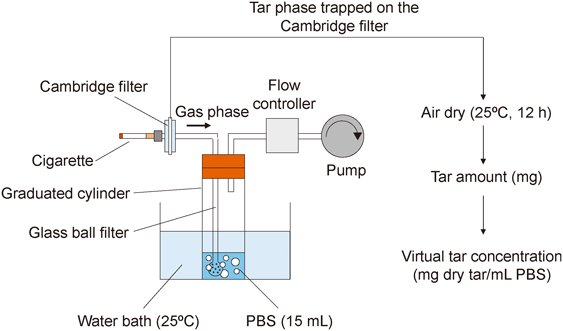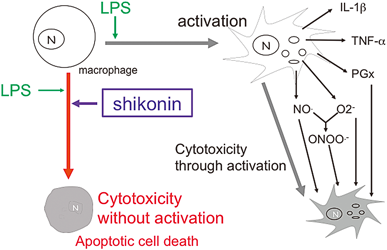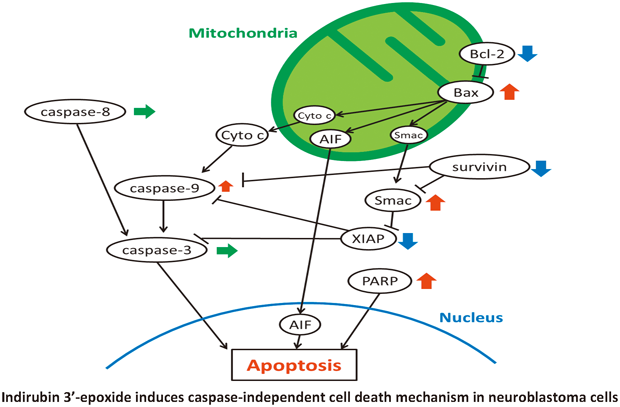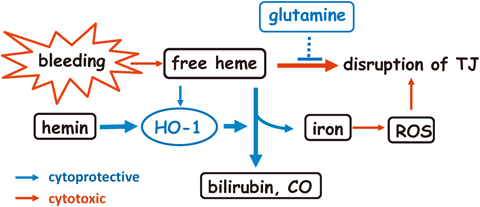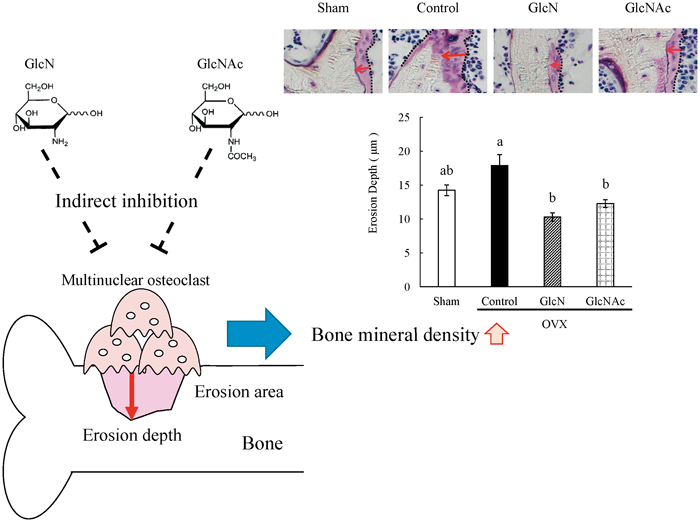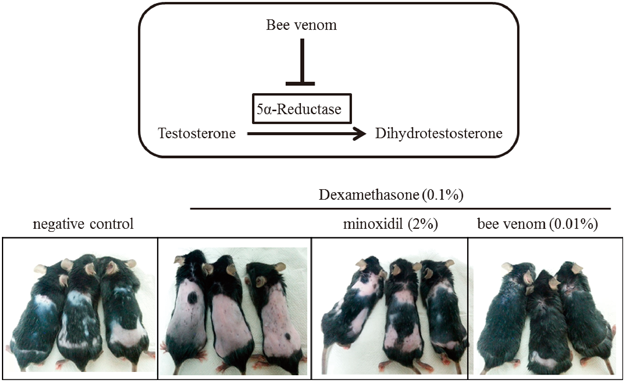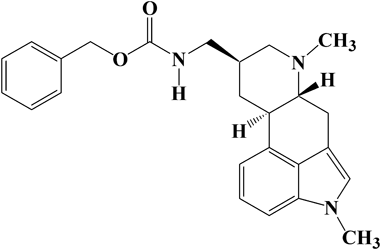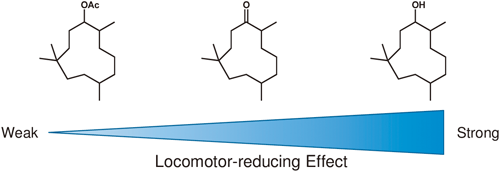Volume 39, Issue 6
Displaying 1-29 of 29 articles from this issue
- |<
- <
- 1
- >
- >|
Review
-
2016 Volume 39 Issue 6 Pages 891-896
Published: June 01, 2016
Released on J-STAGE: June 01, 2016
Download PDF (892K) Full view HTML
Current Topics: Recent Advances in Research on Bioactive Ingredients in Cigarette Smoke
-
2016 Volume 39 Issue 6 Pages 897
Published: June 01, 2016
Released on J-STAGE: June 01, 2016
Download PDF (167K) Full view HTML -
2016 Volume 39 Issue 6 Pages 898-902
Published: June 01, 2016
Released on J-STAGE: June 01, 2016
Download PDF (523K) Full view HTML -
2016 Volume 39 Issue 6 Pages 903-908
Published: June 01, 2016
Released on J-STAGE: June 01, 2016
Download PDF (642K) Full view HTML -
2016 Volume 39 Issue 6 Pages 909-914
Published: June 01, 2016
Released on J-STAGE: June 01, 2016
Download PDF (428K) Full view HTML -
2016 Volume 39 Issue 6 Pages 915-919
Published: June 01, 2016
Released on J-STAGE: June 01, 2016
Download PDF (823K) Full view HTML
Regular Articles
-
2016 Volume 39 Issue 6 Pages 920-926
Published: June 01, 2016
Released on J-STAGE: June 01, 2016
Download PDF (756K) Full view HTML -
2016 Volume 39 Issue 6 Pages 927-934
Published: June 01, 2016
Released on J-STAGE: June 01, 2016
Download PDF (1445K) Full view HTML -
2016 Volume 39 Issue 6 Pages 935-945
Published: June 01, 2016
Released on J-STAGE: June 01, 2016
Advance online publication: March 15, 2016Download PDF (7900K) Full view HTML -
2016 Volume 39 Issue 6 Pages 946-952
Published: June 01, 2016
Released on J-STAGE: June 01, 2016
Download PDF (1472K) Full view HTML -
2016 Volume 39 Issue 6 Pages 953-958
Published: June 01, 2016
Released on J-STAGE: June 01, 2016
Download PDF (1998K) Full view HTML -
2016 Volume 39 Issue 6 Pages 959-968
Published: June 01, 2016
Released on J-STAGE: June 01, 2016
Advance online publication: March 31, 2016Download PDF (1092K) Full view HTML -
2016 Volume 39 Issue 6 Pages 969-976
Published: June 01, 2016
Released on J-STAGE: June 01, 2016
Download PDF (1979K) Full view HTML -
2016 Volume 39 Issue 6 Pages 977-983
Published: June 01, 2016
Released on J-STAGE: June 01, 2016
Download PDF (8022K) Full view HTML -
2016 Volume 39 Issue 6 Pages 984-992
Published: June 01, 2016
Released on J-STAGE: June 01, 2016
Download PDF (1287K) Full view HTML -
2016 Volume 39 Issue 6 Pages 993-999
Published: June 01, 2016
Released on J-STAGE: June 01, 2016
Download PDF (1859K) Full view HTML -
2016 Volume 39 Issue 6 Pages 1000-1006
Published: June 01, 2016
Released on J-STAGE: June 01, 2016
Download PDF (507K) Full view HTML -
2016 Volume 39 Issue 6 Pages 1007-1012
Published: June 01, 2016
Released on J-STAGE: June 01, 2016
Download PDF (808K) Full view HTML -
2016 Volume 39 Issue 6 Pages 1013-1021
Published: June 01, 2016
Released on J-STAGE: June 01, 2016
Download PDF (718K) Full view HTML -
2016 Volume 39 Issue 6 Pages 1022-1028
Published: June 01, 2016
Released on J-STAGE: June 01, 2016
Download PDF (4934K) Full view HTML -
2016 Volume 39 Issue 6 Pages 1029-1034
Published: June 01, 2016
Released on J-STAGE: June 01, 2016
Download PDF (12680K) Full view HTML -
2016 Volume 39 Issue 6 Pages 1035-1041
Published: June 01, 2016
Released on J-STAGE: June 01, 2016
Download PDF (4390K) Full view HTML -
2016 Volume 39 Issue 6 Pages 1042-1046
Published: June 01, 2016
Released on J-STAGE: June 01, 2016
Download PDF (3449K) Full view HTML -
2016 Volume 39 Issue 6 Pages 1047-1054
Published: June 01, 2016
Released on J-STAGE: June 01, 2016
Download PDF (913K) Full view HTML -
2016 Volume 39 Issue 6 Pages 1055-1059
Published: June 01, 2016
Released on J-STAGE: June 01, 2016
Download PDF (1248K) Full view HTML -
2016 Volume 39 Issue 6 Pages 1060-1068
Published: June 01, 2016
Released on J-STAGE: June 01, 2016
Advance online publication: April 02, 2016Download PDF (7408K) Full view HTML
Notes
-
2016 Volume 39 Issue 6 Pages 1069-1072
Published: June 01, 2016
Released on J-STAGE: June 01, 2016
Download PDF (438K) Full view HTML -
2016 Volume 39 Issue 6 Pages 1073-1076
Published: June 01, 2016
Released on J-STAGE: June 01, 2016
Download PDF (485K) Full view HTML -
2016 Volume 39 Issue 6 Pages 1077-1080
Published: June 01, 2016
Released on J-STAGE: June 01, 2016
Download PDF (811K) Full view HTML
- |<
- <
- 1
- >
- >|


